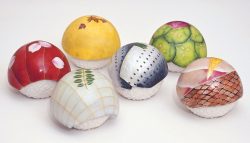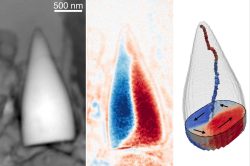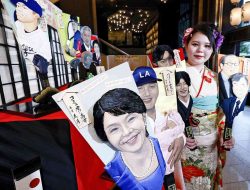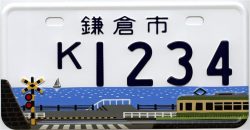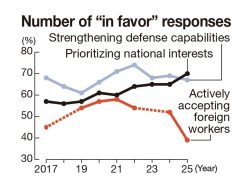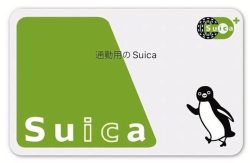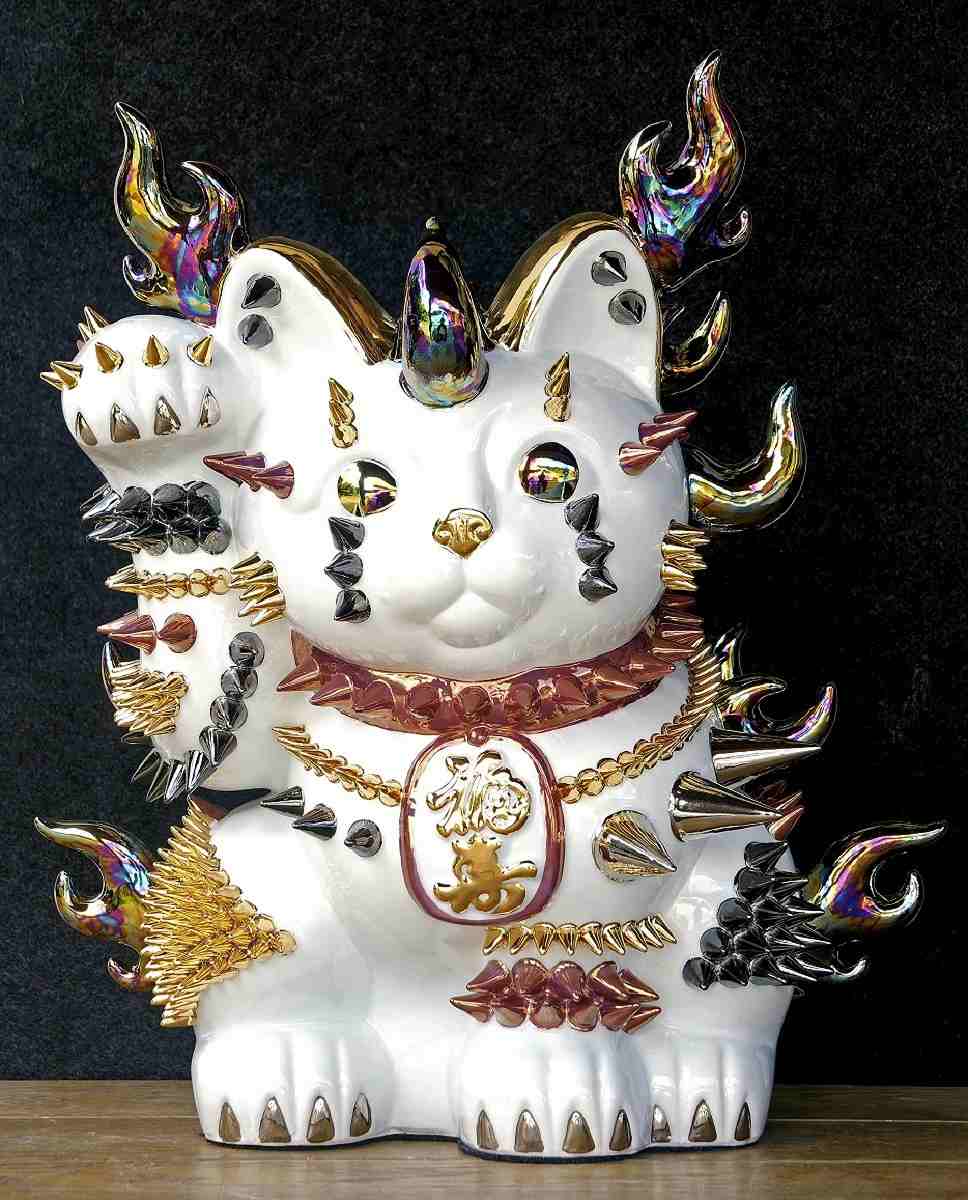
Takahiro Koga’s work “NEO MANEKINEKO”
16:45 JST, September 15, 2024
Manekineko, or beckoning cats, come in various colors and poses, but no one had ever heard of a studded one before.
Ceramic artist Takahiro Koga, who is based in Nakagawa, Fukuoka Prefecture, is garnering attention at home and abroad with his unique studded ceramic works. Koga, 37, has launched a challenge to modern art from the pottery world with his original style, which gives his artworks an unmistakable presence.
Protruding from his white ceramic manekineko are cone-shaped gold and silver studs. Similar shapes adorn his sculpture “Neo-Daruma,” whose golden eyes stare out from behind a menbo, a type of traditional face armor.
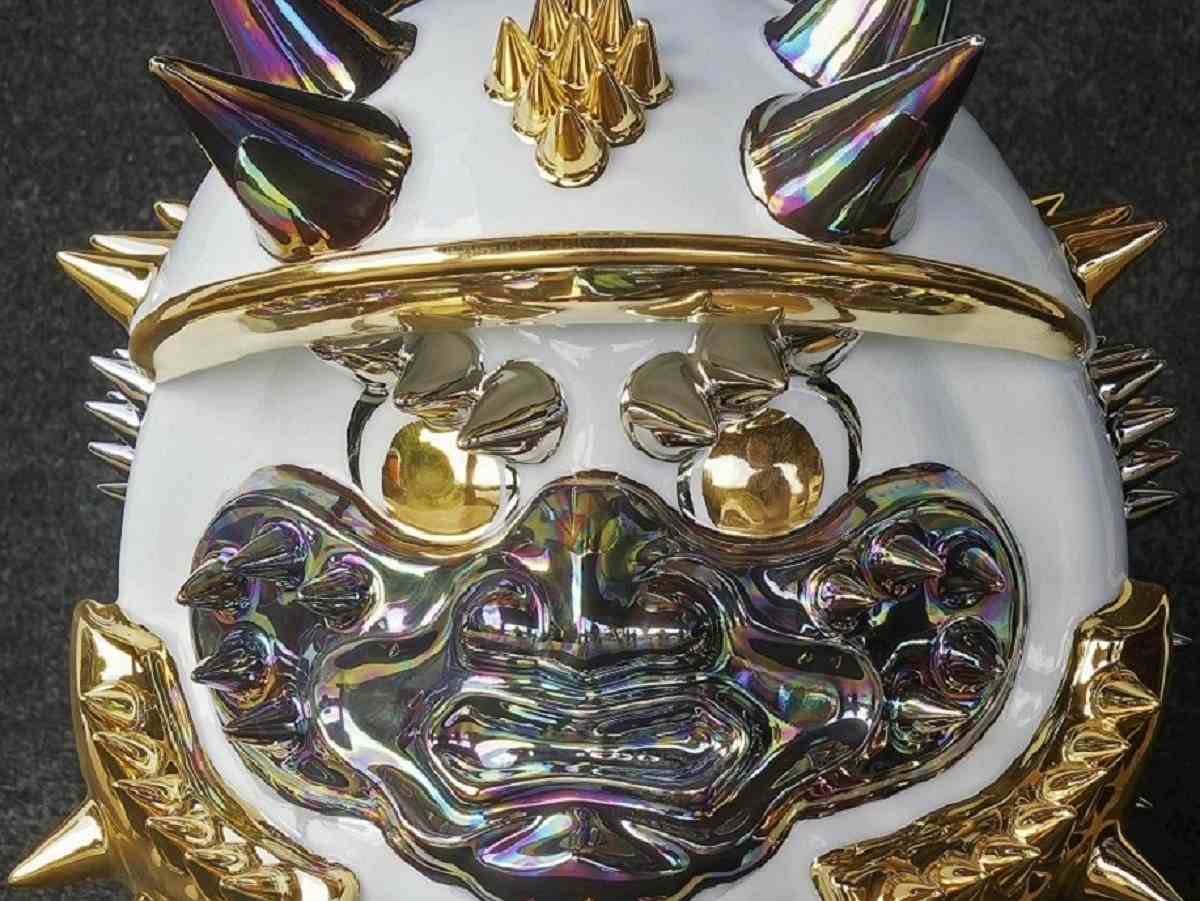
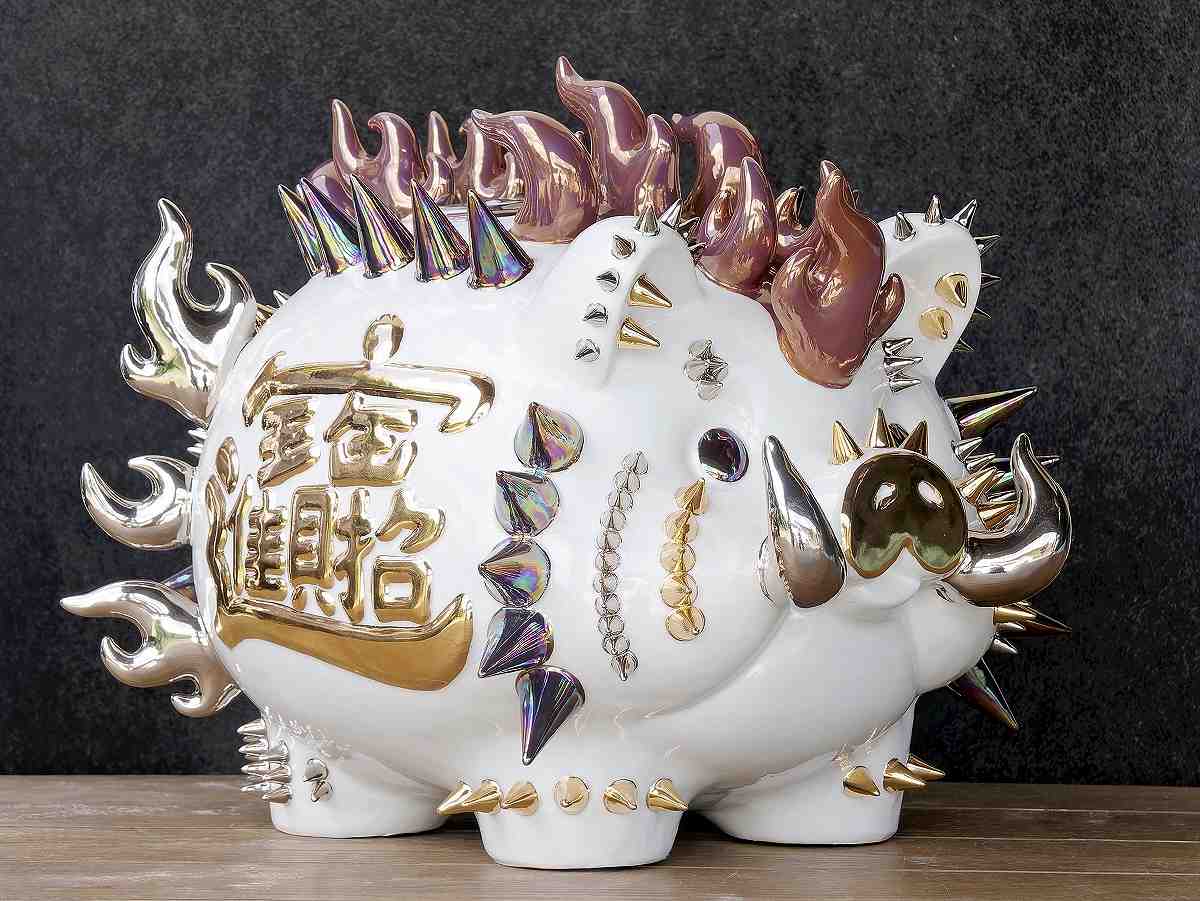
Left: Takahiro Koga’s work “NEO DARUMA” Right: Takahiro Koga’s work “Pig”
At first glance, the works seem to have their roots in punk fashion. However, it was a white ceramic pot at the Leeum Museum of Art in South Korea that first inspired Koga when he visited during his days as a university student. He wanted to infuse his own works with that pot’s power but had trouble making it a reality. He thought, “In that case, how about if I visualize the power internalized in the work.” After some trial and error, he finally arrived at the answer to how to do it: studs.
Koga said, “They’re an interesting shape, the minimum unit of power. It’s a shape that influences our sense of sight, touch and taste.”
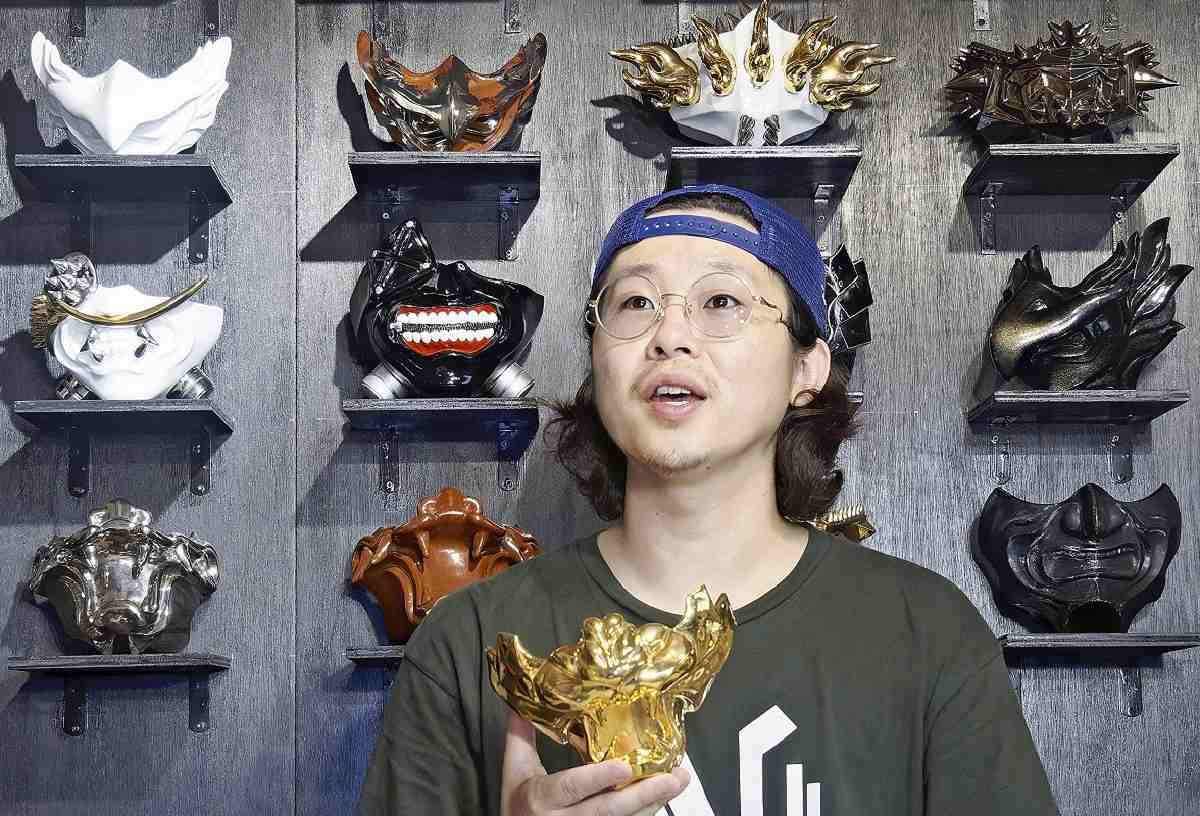
Takahiro Koga talks about his commitment to his works while holding a ho-yoroi-hai at his studio in Nakagawa, Fukuoka Prefecture.
Koga also crafts unique cups, called ho-yoroi-hai, which resemble the menacing face armor worn by Sengoku Warlords. He sees the present day, when the future is unpredictable, as the era of gekokujo, a Japanese term referring to a situation in which someone of lower status overthrows someone of higher status through military or political means. Through his cups, he expresses a belief that anyone can stand out if they have the will and determination to break new ground.
Koga’s style, which overturns the traditional image of pottery, has been well-received. He has produced many ceramic works in collaboration with a variety of big names, including Adidas, a sports brand, and Tokyo Ghoul, a popular Japanese comic.
The philosophy of Sen no Rikyu, a Japanese tea master who lived from 1522 to 1591, best encapsulates the essence of Koga’s artistic expression. Rikyu intentionally used black tea bowls made in Japan at a time when luxurious Chinese vessels were praised so that he could minimize the presence of the bowl and highlight the tea. Koga was greatly impressed by the concept of wabi-sabi [an appreciation of spareness and simplicity] and Rikyu’s stance against the prevailing trend.
Koga applies the concept of “Neo Wabi-Sabi,” to his works to accentuate their presence. The aesthetic sense, which values imperfection, applies not only to simple things but also to elaborate and luxurious works, he said.
The process he uses to create works follows traditional techniques, which contrast with the opulence of the finished product. He creates his works with pottery stones from Amakusa, Kumamoto Prefecture, employing a pottery wheel and hand techniques. The studs, which are made in plaster molds, are glued to the artworks.
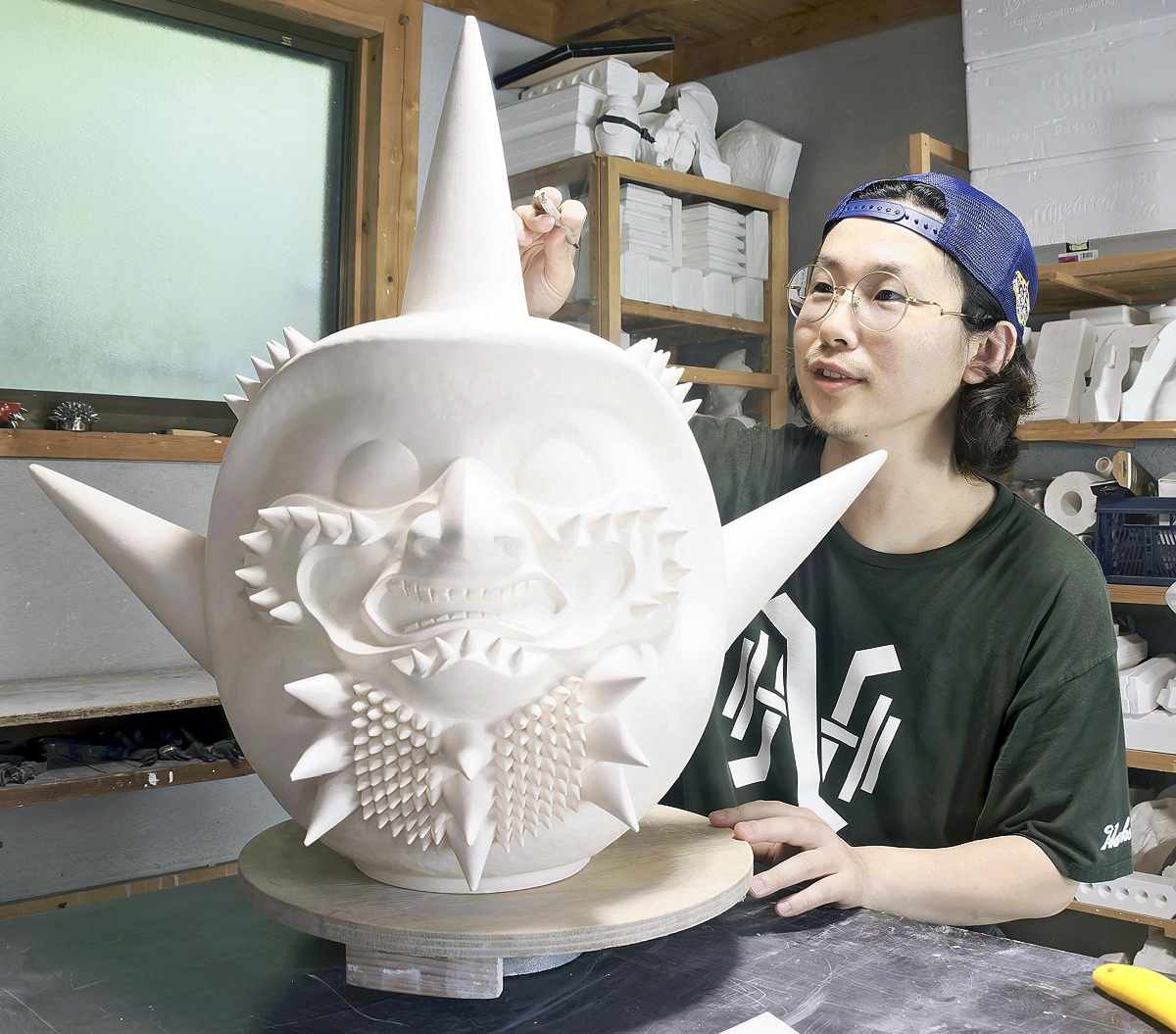
Takahiro Koga creates his work at his studio in Nakagawa, Fukuoka Pref.
Koga encountered pottery at the Faculty of Culture and Education at Saga University in 2006. A course at the university got him to start off by creating ceramics with white porcelain. After graduation, he continued creating art while working at a brewing company in Nagashima, Kagoshima Prefecture, run by a friend’s father. At 30, he was standing on his own two feet and decided to move to Nakagawa, Fukuoka Prefecture.
2019 was the turning point in Koga’s career. He posted pictures on Instagram of an exhibition he held in Tokyo, which caught the attention of a representative of Adidas and quickly led to his participation in a sneaker-themed exhibition. His collaborations have expanded to include famous groups of performers and Italian fashion brands.
His ceramic works were well-received when he exhibited them at Scope Miami Beach — an art show in the United States — last December.
Prof. Yuki Tanaka of Saga University, who taught Koga, analyzed his creations, saying: “His works evoke a sense of the unusual and excitement, reminiscent of what we experience at local festivals. His strong point is his ability to infuse a Japanese context into his creations, even within the U.S.-born modern art world.”
Koga said: “I think antithesis and adversity has created a new culture and tradition. I am pursuing pottery on the world stage, with the hope that this will ultimately convey how cool pottery is to younger generations.”
"Culture" POPULAR ARTICLE
-

Dior, Gucci Adapt Kyoto’s Traditional Textiles for Modern Tastes
-
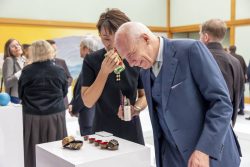
Event Held at Kyoto State Guest House to Showcase Beauty of Traditional Japan, Includes Crafts, Cuisine, Performances
-
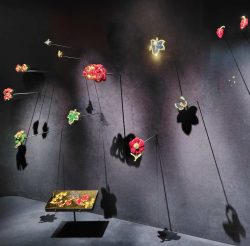
Van Cleef & Arpels Dazzles with Art Deco Artisanry at Tokyo Exhibit
-
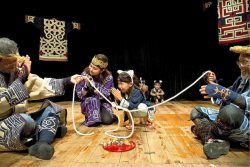
Ainu Thanksgiving Festival to Be Held in Tokyo with Performances from Ainu, Other Indigenous Groups
-

Disney’s ‘Twisted-Wonderland’ Animated Series Puts Villains in Spotlight: New Show Features School Inspired by Classic Disney Films
JN ACCESS RANKING
-
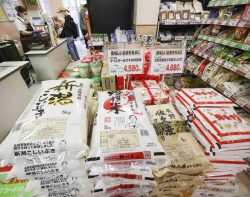
Govt Plans to Urge Municipalities to Help Residents Cope with Rising Prices
-

Japan Resumes Scallop Exports to China
-
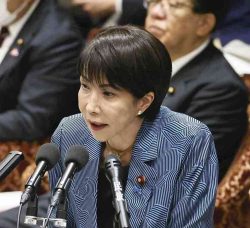
Japan Prime Minister Takaichi Vows to Have Country Exit Deflation, Closely Monitor Economic Indicators
-

Japan to Charge Foreigners More for Residence Permits, Looking to Align with Western Countries
-

Japan GDP Down Annualized 1.8% in July-Sept.



